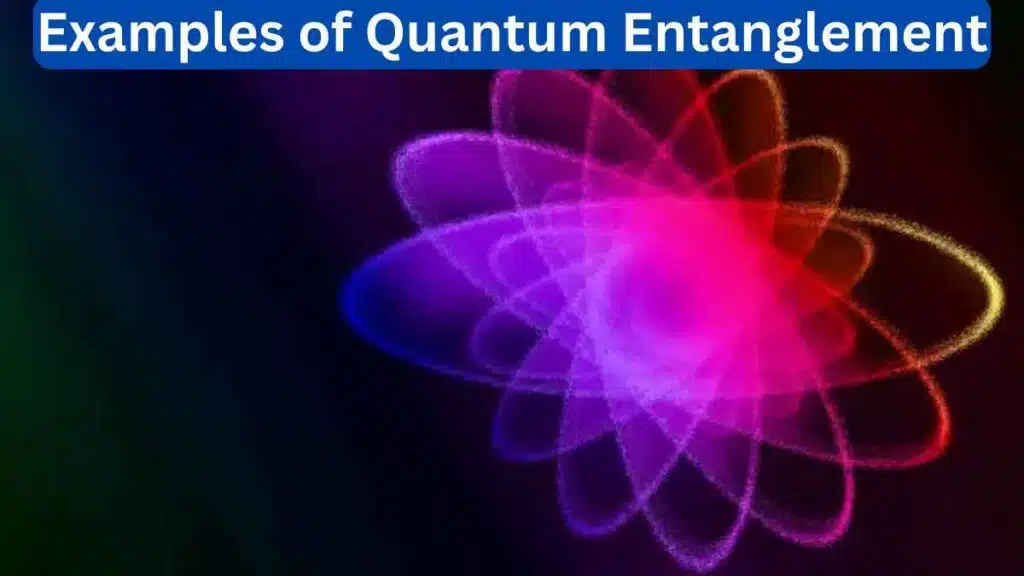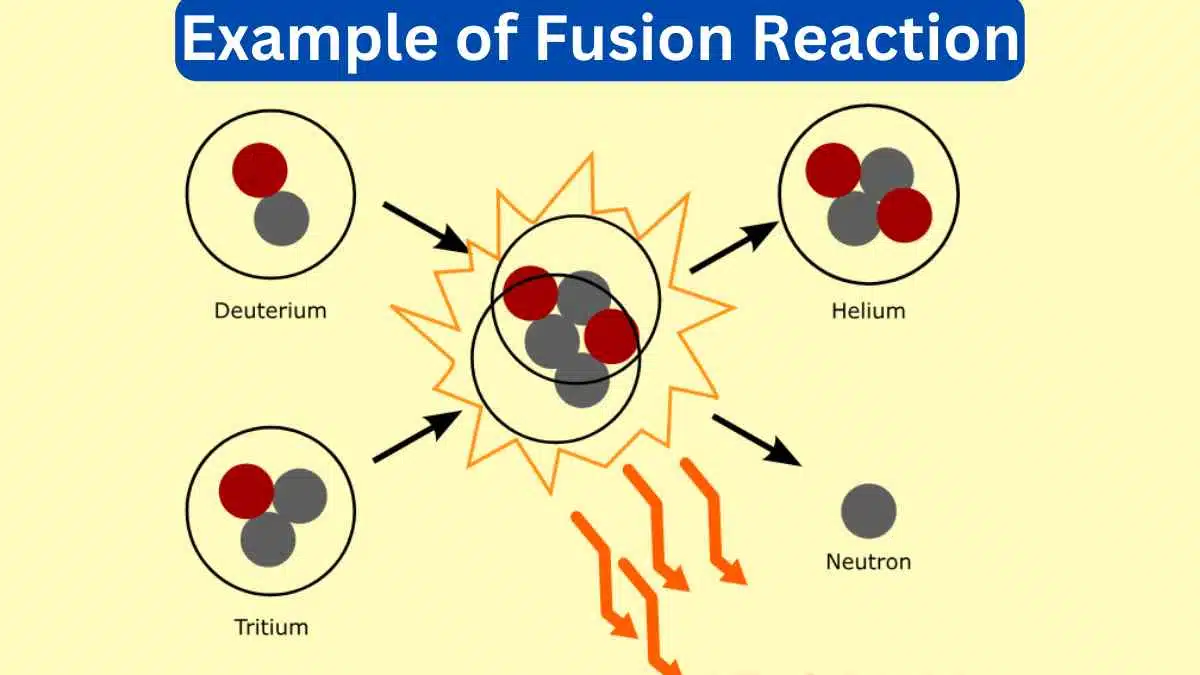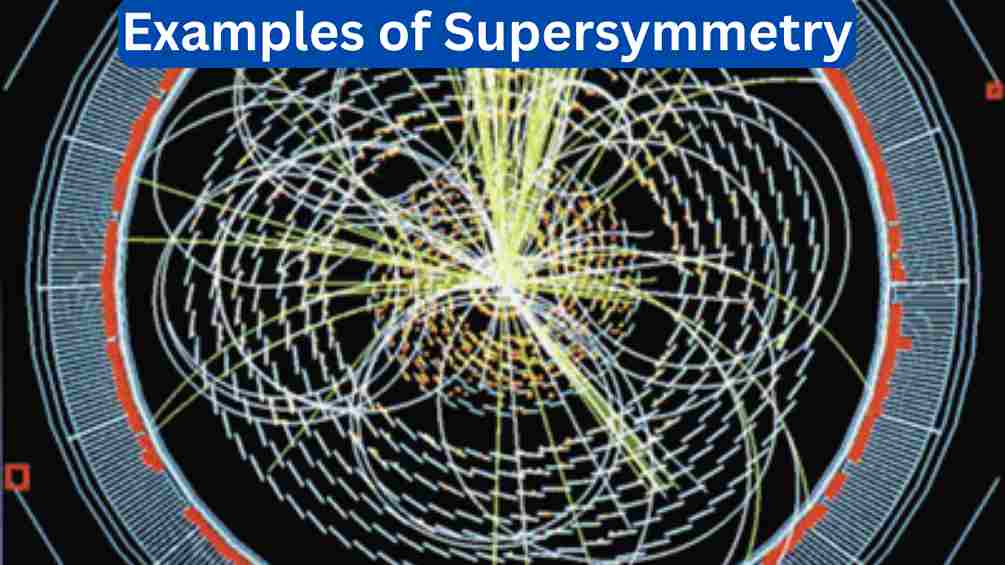10 Examples of Quantum Entanglement
Quantum entanglement is a phenomenon where two or more particles become connected in a way that their states are linked regardless of the distance between them. There are various examples of quantum entanglement in experiments, such as entangled photons or entangled ions.
Examples of Quantum Entanglement
Here are ten examples of quantum entanglement.

1. Einstein-Podolsky-Rosen (EPR) Paradox
The EPR paradox, proposed by Albert Einstein, Boris Podolsky, and Nathan Rosen in 1935, was a thought experiment highlighting the bizarre consequences of entanglement. It illustrated that measuring one entangled particle can instantaneously affect the properties of the other, regardless of the distance between them.
2. Quantum Teleportation
Quantum teleportation is a phenomenon where the quantum state of one particle (e.g., an electron’s spin) is transmitted to another particle at a distant location. This is achieved through the entanglement of the two particles, allowing for the transfer of information.
3. Quantum Cryptography
Quantum entanglement is the foundation of quantum cryptography. By encoding information in entangled particles, such as photons, secure communication channels can be established, as any eavesdropping would disrupt the entangled state.
4. Quantum Key Distribution
Quantum Key Distribution (QKD) systems utilize entangled particles to create secure encryption keys. Any interference with the entangled particles during transmission would be detectable, ensuring the security of the keys.
5. Bell Test Experiments
Bell tests are experiments designed to test the principles of quantum entanglement. They involve measuring the correlations between entangled particles to demonstrate that they violate classical physics’ predictions.
6. Quantum Computing
Quantum computers use the unique properties of entangled qubits (quantum bits) to perform complex calculations more efficiently than classical computers. Entanglement is a crucial component for creating quantum gates and circuits.
7. Quantum Entanglement in Diamonds
Scientists have entangled carbon-13 nuclei in diamond crystals, demonstrating that entanglement can persist in solid-state systems. This has potential applications in quantum information storage.
8. Quantum Entanglement in Space
Experiments conducted in space, such as those on the International Space Station, have demonstrated the persistence of entanglement over large distances and its potential for secure space-based communication.
9. Quantum Entanglement and Black Holes
Researchers have explored the connection between quantum entanglement and black holes, suggesting that entangled particles near a black hole can exhibit unusual properties, contributing to our understanding of gravity.
10. Quantum Entanglement in Biological Systems
Some studies have suggested that quantum entanglement might play a role in biological processes, such as photosynthesis in plants, where entangled electrons could transfer energy more efficiently.







Leave a Reply